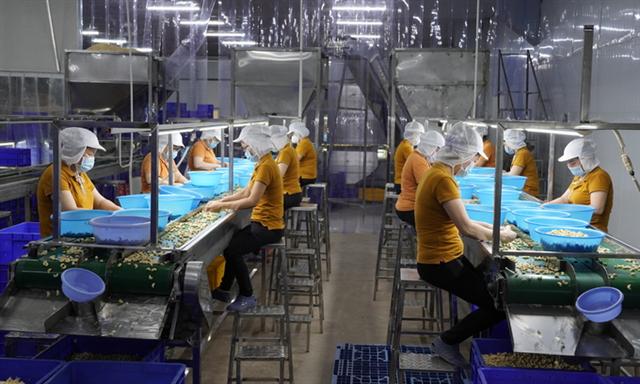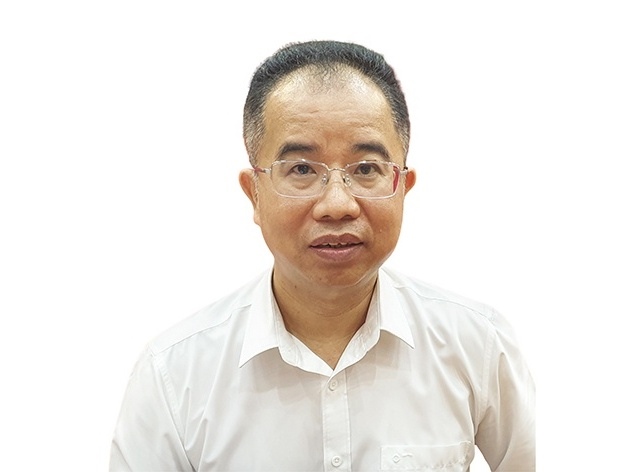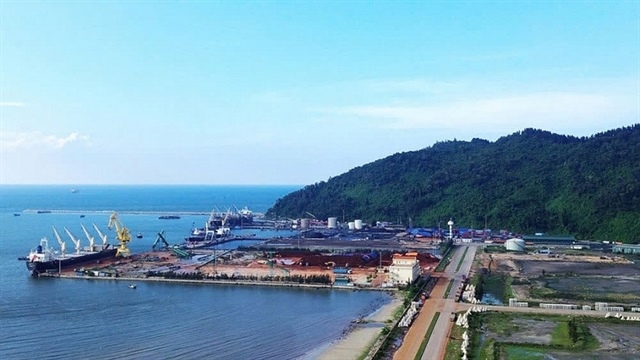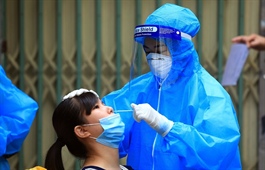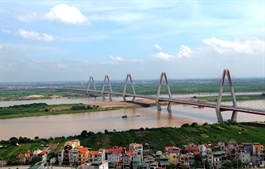September bounce boosts Vietnam's FDI figures
September bounce boosts Vietnam's FDI figures
Foreign Direct Investment (FDI) inflow this year as of September 20 grew by more than 4 percent year-on-year thanks to gains recorded this month.
Workers at a cashew factory in the southern province of Long An, July 2021. The province has attracted the most FDI among Vietnamese localities this year. Photo by VnExpress/Hoang Nam
|
As of September 20, the total of newly registered capital, adjusted capital, and capital contribution or share purchases by foreign investors was $22.15 billion, an increase of 4.4 percent over the same period in 2020, according to the Ministry of Planning and Investment.
As of August, the total FDI inflow had decreased by more than 2 percent year-on-year, while the accumulated seven-month FDI decreased by 11 percent over the same period last year.
The number of newly licensed projects from the beginning of the year until September 20 crossed 1,200, down nearly 38 percent. However, the total registered capital reached nearly $12.5 billion, up 20.6 percent.
Meanwhile, total additional registered capital crossed $6.4 billion in this period, up 25.6 percent while the value of contributed capital was down 43.8 percent to nearly $3.2 billion.
In the Jan-Sept period, foreign investors invested in 18 of 21 business sectors in Vietnam, the processing and manufacturing industry leading with $11.8 billion, accounting for 53.4 percent of the total registered investment capital.
The electricity production and distribution industry attracted a small number of newly-invested projects, but some of them very large-scale, pushing it to second place with a total investment of over $5.5 billion.
In terms of investing countries, Singapore led the pack with a total investment of nearly $6.3 billion, accounting for 28.4 percent of the total, and down 7.2 percent over the same period last year.
South Korea surpassed Japan to rank second with a total investment capital of over $3.9 billion, up 23.4 percent over last year.
Japan ranked third with a total registered investment capital of nearly $3.3 billion, up 88.8 percent.
According to the Planning and Investment Ministry, Singapore became the leading investor thanks to investments totalling $3.1 billion in the Long An No.1 and No.2 liquefied natural gas projects.
Although South Korea ranked second in terms of investment capital, it was first in the number of new investment projects as well as projects with capital adjustment.
Long An Province, which borders Ho Chi Minh City, attracted the most FDI with more than $3.6 billion, mostly thanks to the LNG projects, followed by the northern port city of Hai Phong with $2.7 billion, most of which came from adjusted capital that South Korean electronics giant LG added to its LG Display project.
Overall, in terms of the number of projects, foreign investors were still focused on investing in big cities like HCMC and Hanoi.
Capital disbursement this year was estimated at $13.28 billion by Sept. 20, down 3.5 percent, owing to pandemic complications that saw a number of factories close down temporarily or curtail operations significantly.


